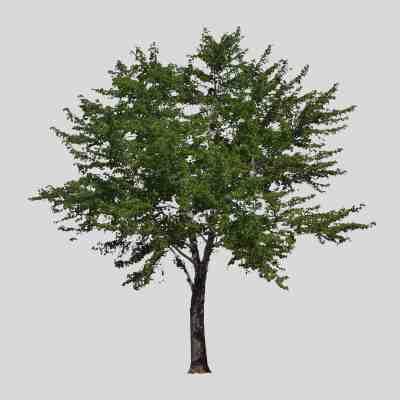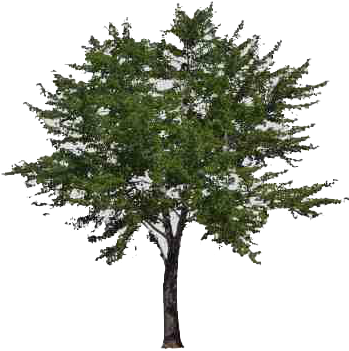@jean lemire said:
Hi CAntonis, hi folks.
Try using 2D trees or 3D trees that are ligthweigth in geometry.
Use components as much as possible to keep file size to a moderate value.
Notice that even a small file containing a very large amount of simple geometry can slow down even a fast computer because of the number of geometric items that may be displayed.
There are tricks to work with a large number of geometric items like using a style with the most basix rendering scheme, for example: no shadows, no textures, no profiles, hiding as much stuff as possible to get a working style. This style can be memorized using a scene that you can call "Work", for example.
Then create another style with all the rendering goodies turned on and memorize it with a scene called "Render" for example.
Once this is done, you can switch from one mode to the other with simply a click on the appropriate scene tab.
One more importat point, for each of these scene, disable the checkbox in front of "Camera location" to avoid loosing a carefully panned, orbited and zoomed view when switching mode.
As for components, you can also work with a temorary version of a tree component that contains the most masic geometries like a triangle and a line or an oval and a line or whatever and, when ready to complete a rendering, reload the true component to replace this temporary place holder.
You may also consider using simpler trees for those that will always be seen from a distance to minimize the amount of geometry, or even consider the use of a large flat or curved panel as a backdrop, painted with an image showing trees or even a whole forest.
Just ideas.
Thank U very much for answering to me on such a short notice. I think I ll try the two "styles" you are refering to as I think its the most suitable solution for me, at least for now.
Its a shame, in my opinion a software like this with such good rendering engines to support it,not to be able to give the opportunity to the designers to add high res trees or vines to a project.


